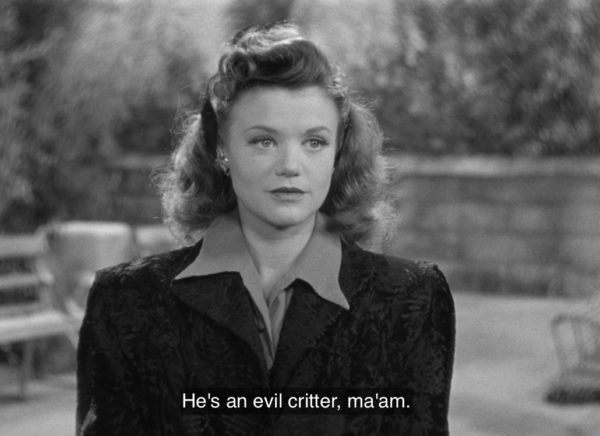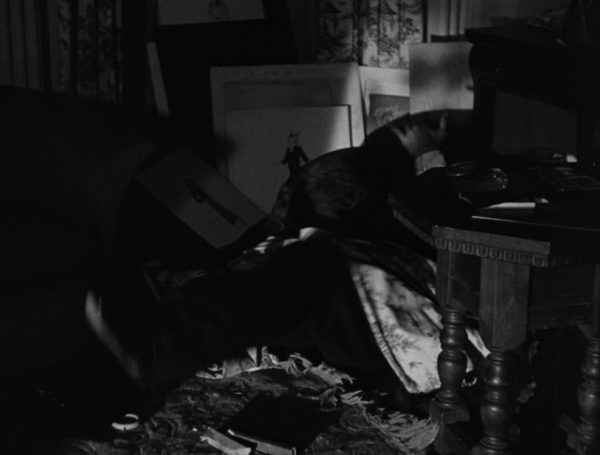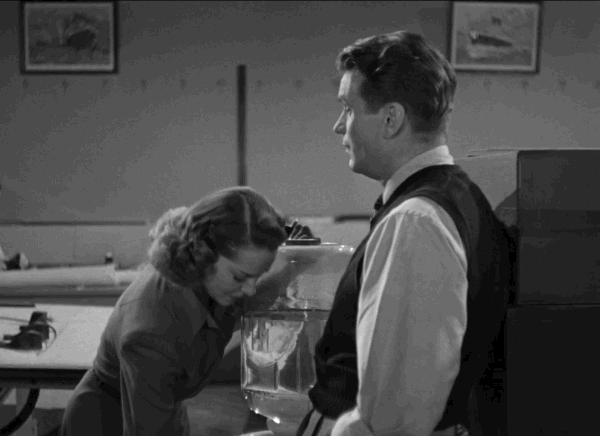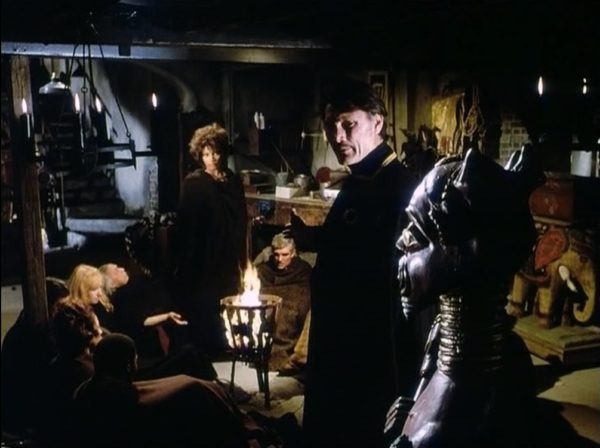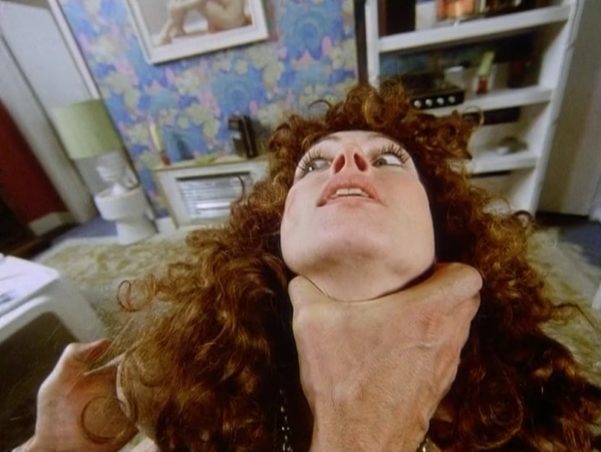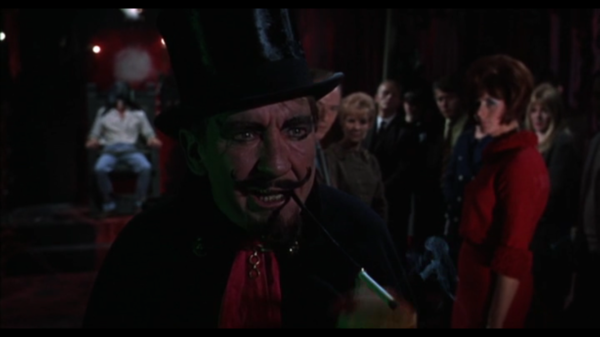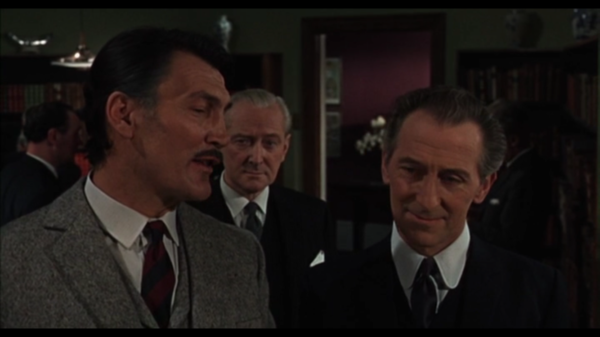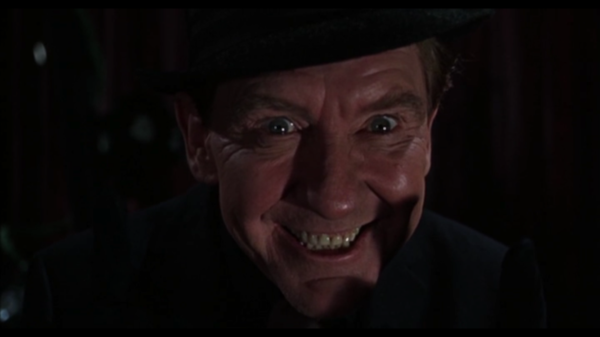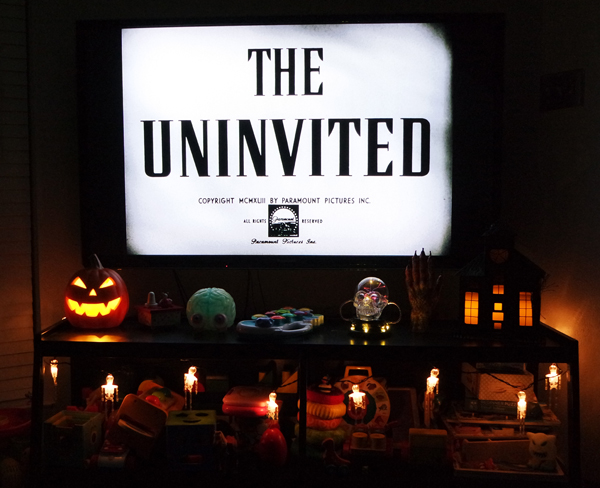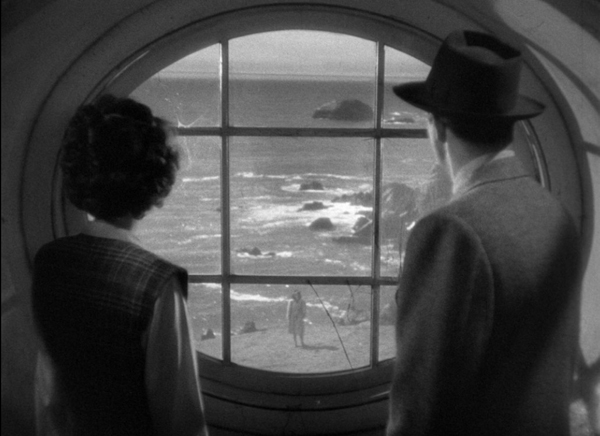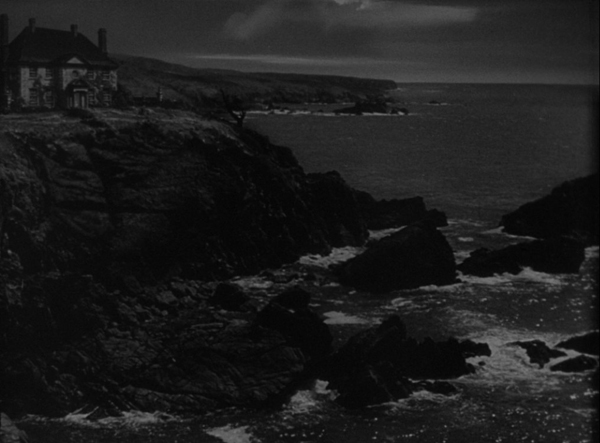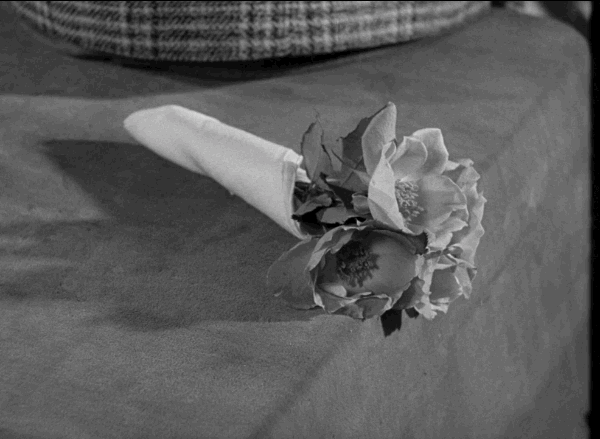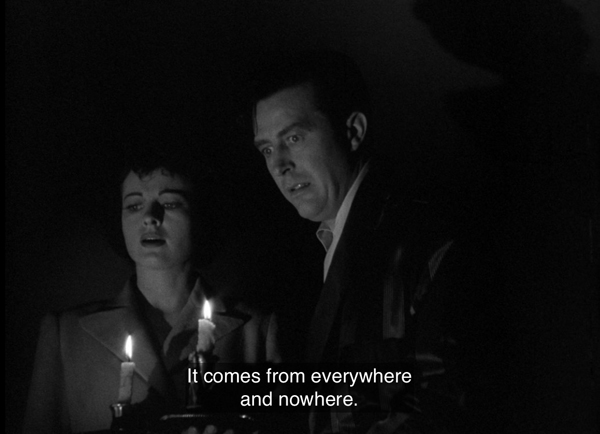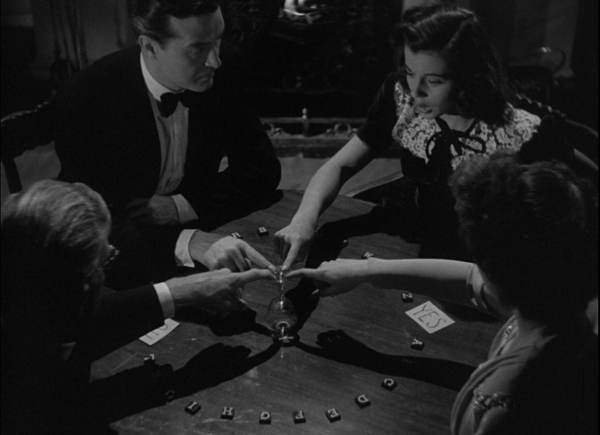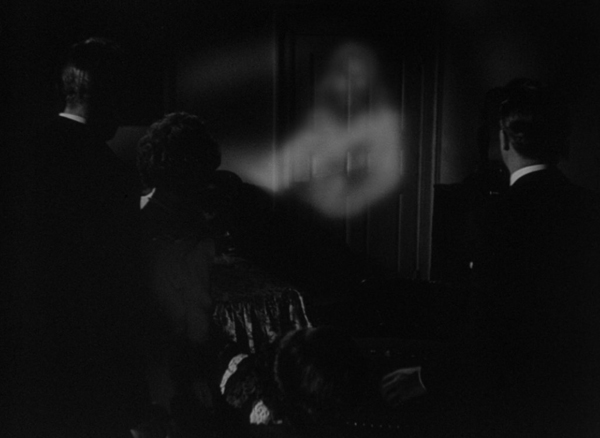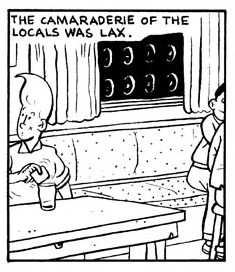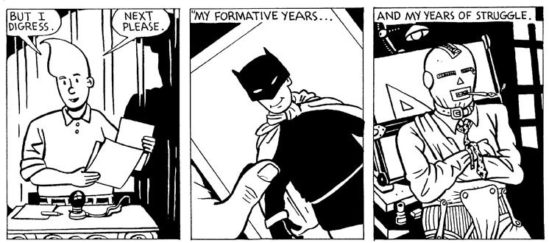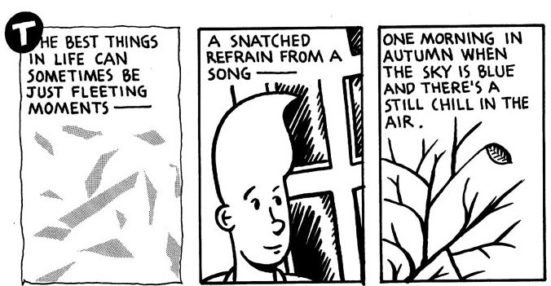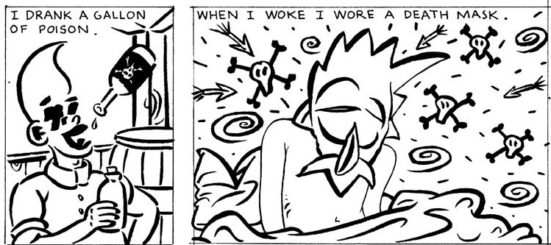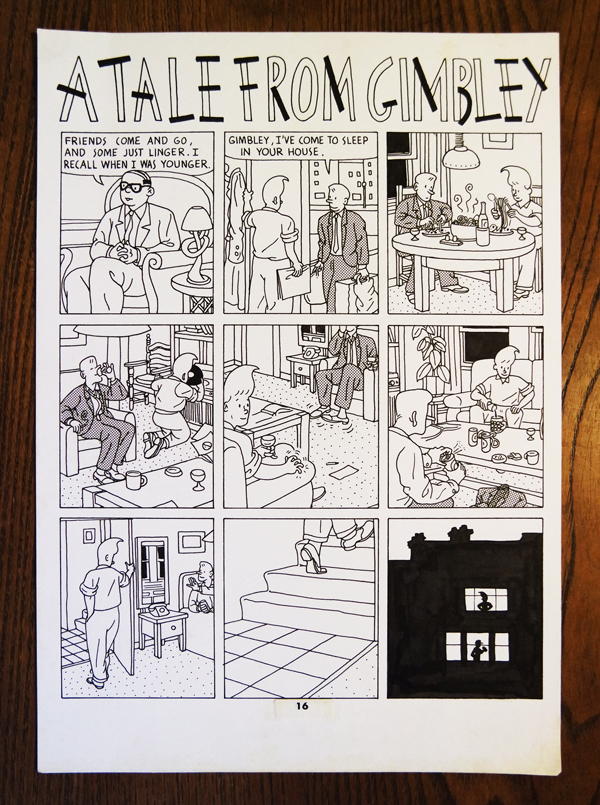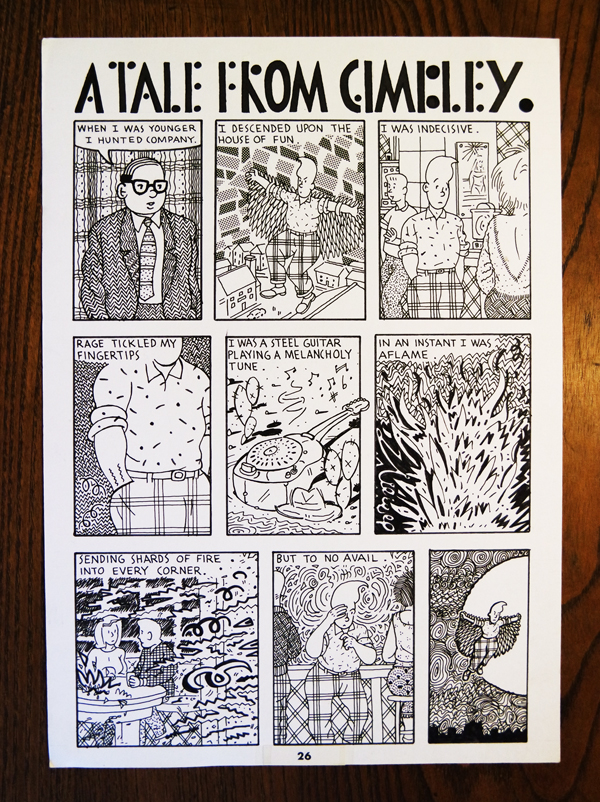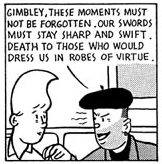Don’t Torture a Duckling (1972)
I’ve been a fan of Lucio Fulci since seeing Zombie in high school. Watching a zombie fight a shark underwater was such a mind-blowing and hilarious thrill that I knew I was watching something really special. I’ve seen his best-known supernatural films, primarily post-Zombie output, and there are some real gems: The Beyond, House By the Cemetery, City of the Living Dead. But I haven’t seen much of his non-supernatural movies. He’s done some gialli that are very well-regarded, including Lizard in a Woman’s Skin and New York Ripper (which is also on my list this year).
And this one, Don’t Torture a Duckling.
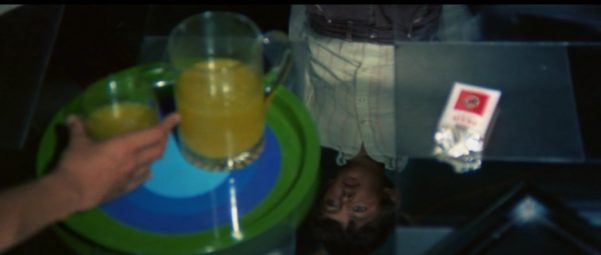
This movie’s pretty dang weird. I should’ve been better prepared for its bizarro nature, given that 1) it’s Fulci; 2) it’s a giallo; 3) it’s about a series of child murders; but I went into it imagining that it’d be a fairly standard giallo thriller. It gets way stranger than that.
We meet three adolescent boys in a small Italian city. They get up to various mischief– slingshots, trespassing, harassing a dude who’s spying on a couple getting it on.
We meet some other villagers. A priest. The town simpleton (the aforementioned peeping tom). The childrens’ parents. A celebrity woman staying in the village to live down a drug scandal (and who has some really weird ideas about what’s appropriate around the boys).
A witch, who creates some voodoo dolls.
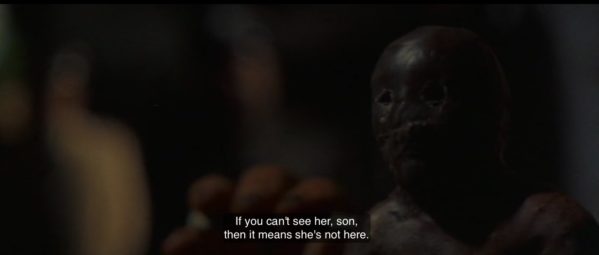
One of the reasons I chose this movie from all the choices in Fulci’s oeuvre is that it’s generally considered the first time he went full-on SFX crazy, splashing blood every which way and murdering folks in interesting ways.
And hoo boy, does he ever.
This guy, for example, topples off a cliff. His face bangs and scrapes against every craggy outcropping on the way down. Sometimes there are sparks. It’s great.
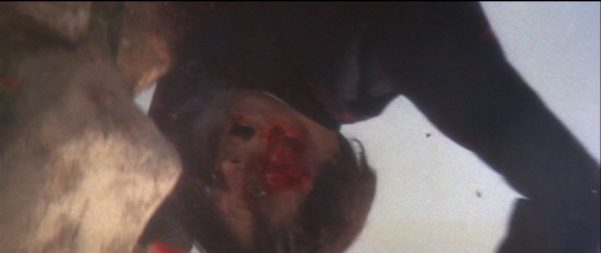
It’s taut, suspenseful, utterly trashy, morally questionable, and gory. I enjoyed it quite a bit, although I felt queasy more than once, and for multiple different reasons.
Pin (1988)
I’d heard about Pin for years. A potentially-possessed anatomical medical training mannequin? A couple of nutty kids who are up to no good? Terry O’Quinn as a weirdo domineering dad? Count me in.
It was substantially more subtle than I’d anticipated, given those facts, and the performances are very good, especially the kid who plays li’l Leon, an actor named David Hewlett. Dude apparently had some big roles in the Stargate TV Universe, but I never got into that.
Also, the doll is creepy as hell.
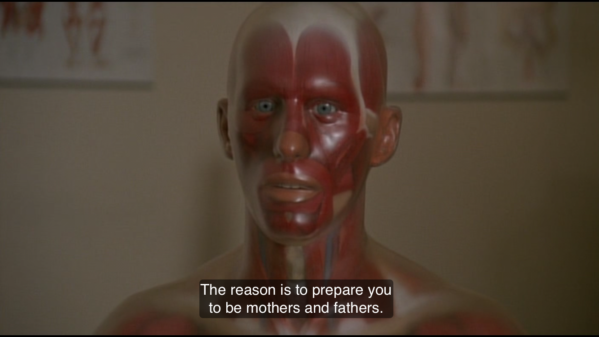
Recommended. Solid and spooky.
From Hell It Came (1957)
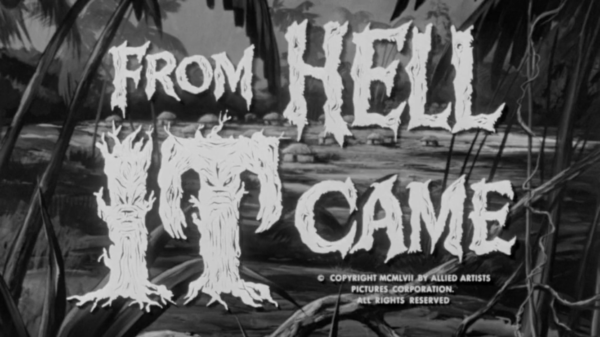
When it gets late at night, I have to work in the morning, and I still need to watch a movie, I browse my collection by duration. Then I pick the shortest one. This one was an hour and ten minutes long. Perfect! Also, it’s about a guy who gets murdered and returns to life as a giant tree stump to take his revenge.
Sounds great, right?
NOPE.
Here’s the rest of the story. The entire movie takes place on some unnamed South Seas island. The dude who gets murdered is a native of the island, and he’s murdered because he’s dared to talk to the white folks, and give his plague-ridden father some medicine the thoughtful Americans gave him. The tribe’s witch doctor gets mad about it, feeling like he’s being usurped, and therefore the prince must die.
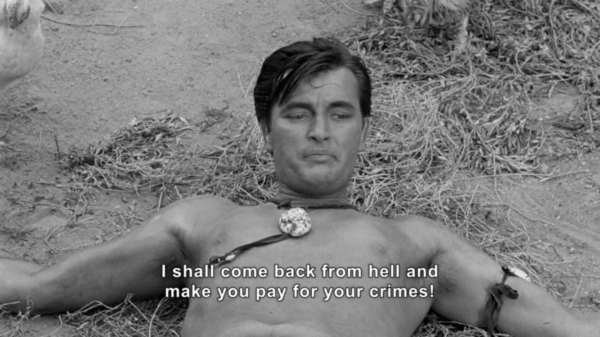
There’s also something about nuclear fallout from the atolls falling directly into the young man’s grave, which causes him to return as a “Tabanga,” which is what the natives call the alive tree stump that wants to throw everyone into quicksand.
Every single native is a horrible racist caricature. Every single native with lines is a white dude with tanner on their face. They’re so backward! They don’t understand that the white scientists just want to make their lives better! They try to murder a woman just because she peeped the ritual ceremony of unjustified murder!
This is literally what she says about that.
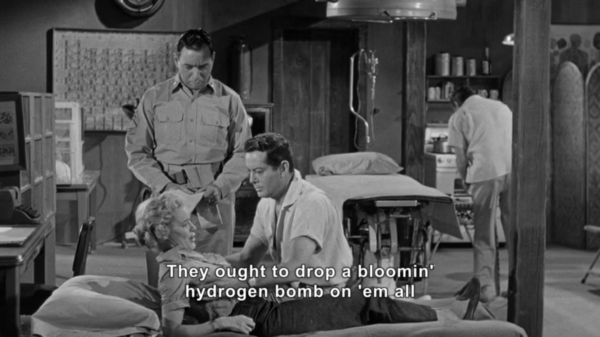
The white scientists constantly talk about what a dungheap the island is, how backward and savage the natives are, and how they can’t wait to get back to civilization. There’s a moment where they criticize the almost-murdered woman because she runs the “trading post,” where she gives the natives worthless junk in exchange for copper and pearls, where it seems like the filmmakers caught a glimpse of the way this film might be seen, and then they go back to swilling back booze and complaining about those pesky natives.
A few of the natives join forces with them to defeat the murder-stump, but it’s accompanied by clumsy acknowledgement that the Americans are bringing them such good things, and they need to adapt and improve and acknowledge the superiority of the helpful colonialists. The Americans eventually obliterate the stump by shooting the hell out of it.
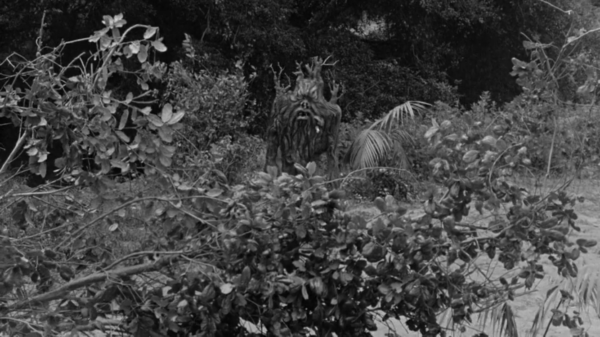
The rubber suit for the stump monster looked okay. This movie is terrible.

